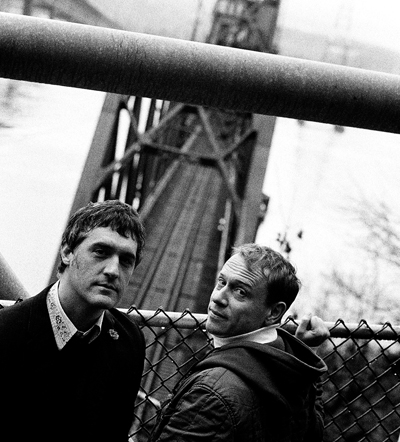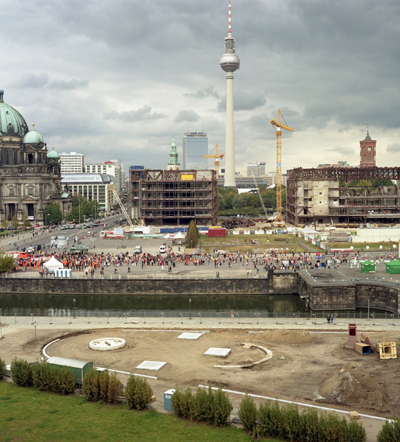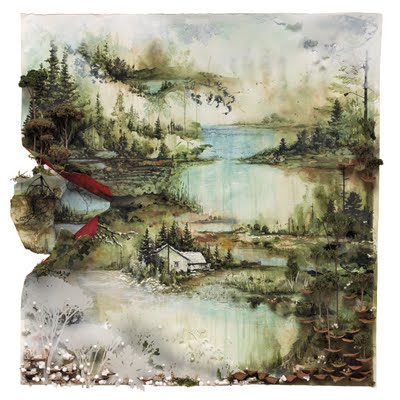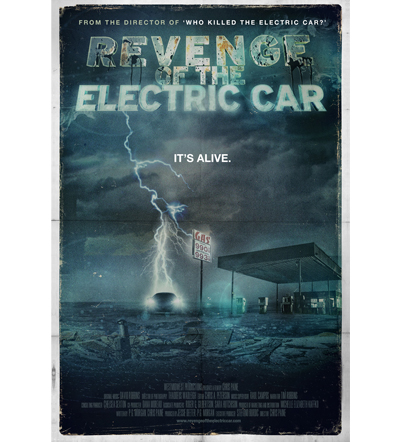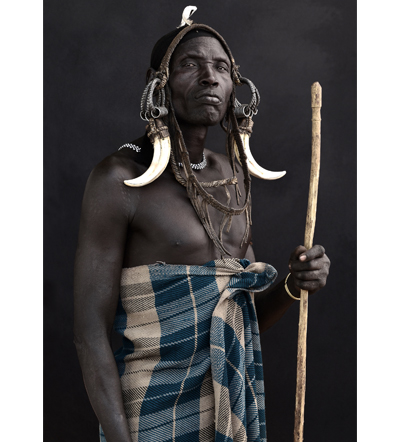
Bersidi, Mursi Man, March 2011
Austrian-born photographer Mario Marino has spent the last few months in the South Ethiopia’s Omo River Valley taking what he calls “photographic psychograms” of its inhabitants. Each gorgeously spare portrait represents a different micro-culture of the region, which Marino chose for its incredible density of distinct ethnic minorities.
“Faces of Africa” is a race against time of sorts. Marino searches the smallest, furthest villages for people whose heritage is under assault by the potent forces of tourism, technological advancement, and social globalization. His chosen method of preservation is to record a culture’s mark upon the body: white chalk used as face paint, intricate patterns shaved into hair, and throughout the portraits, ornaments made from the matchless leaves and shells of the South Ethiopian terrain. The sitters literally wear their homeland, supporting the claim of couturiers and choreographers everywhere that the body is simply one more medium for communication.
Click for slideshow




 Facebook
Facebook Permalink
Permalink Digg
Digg Reddit
Reddit LinkedIn
LinkedIn StumbleUpon
StumbleUpon Tumblr
Tumblr

